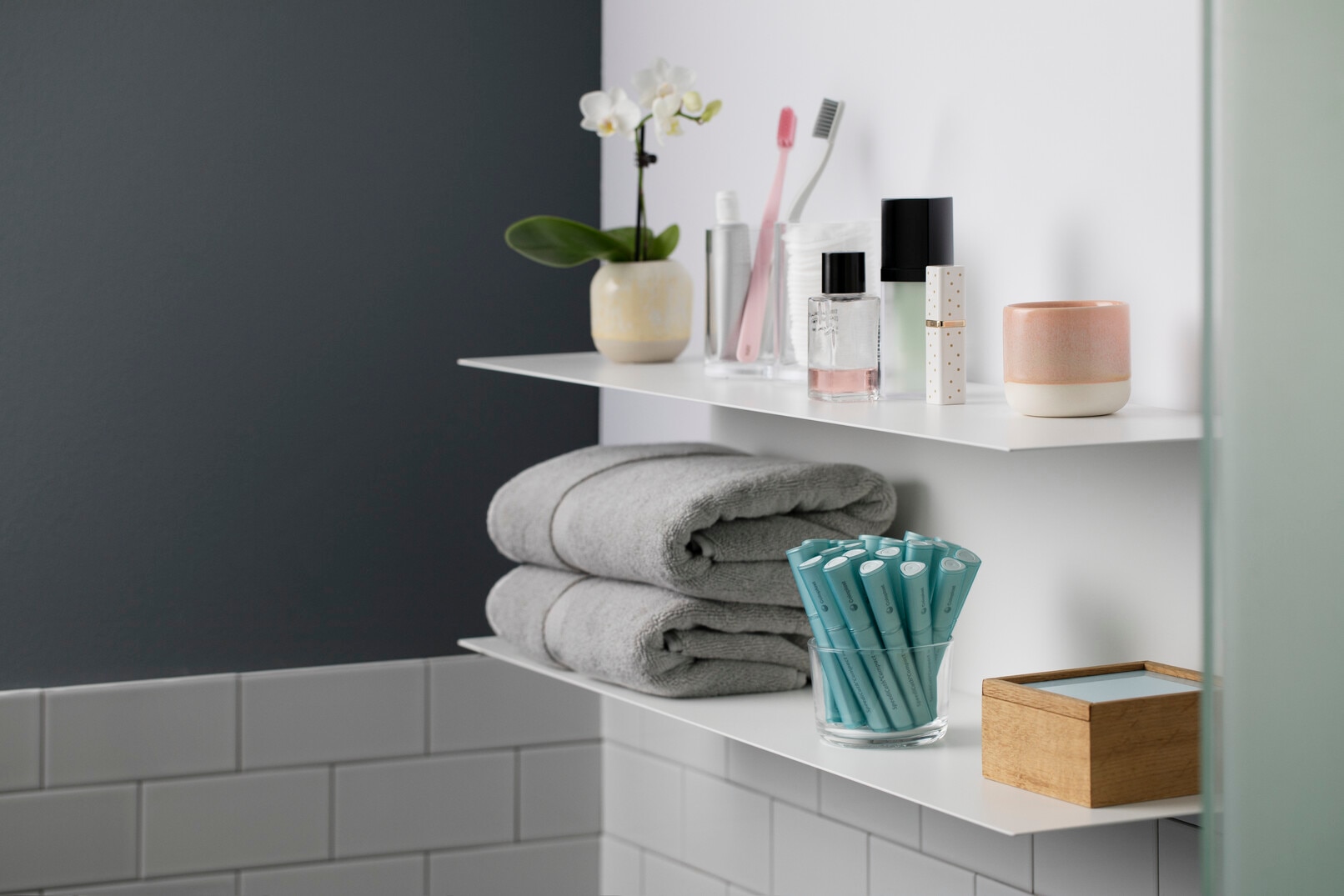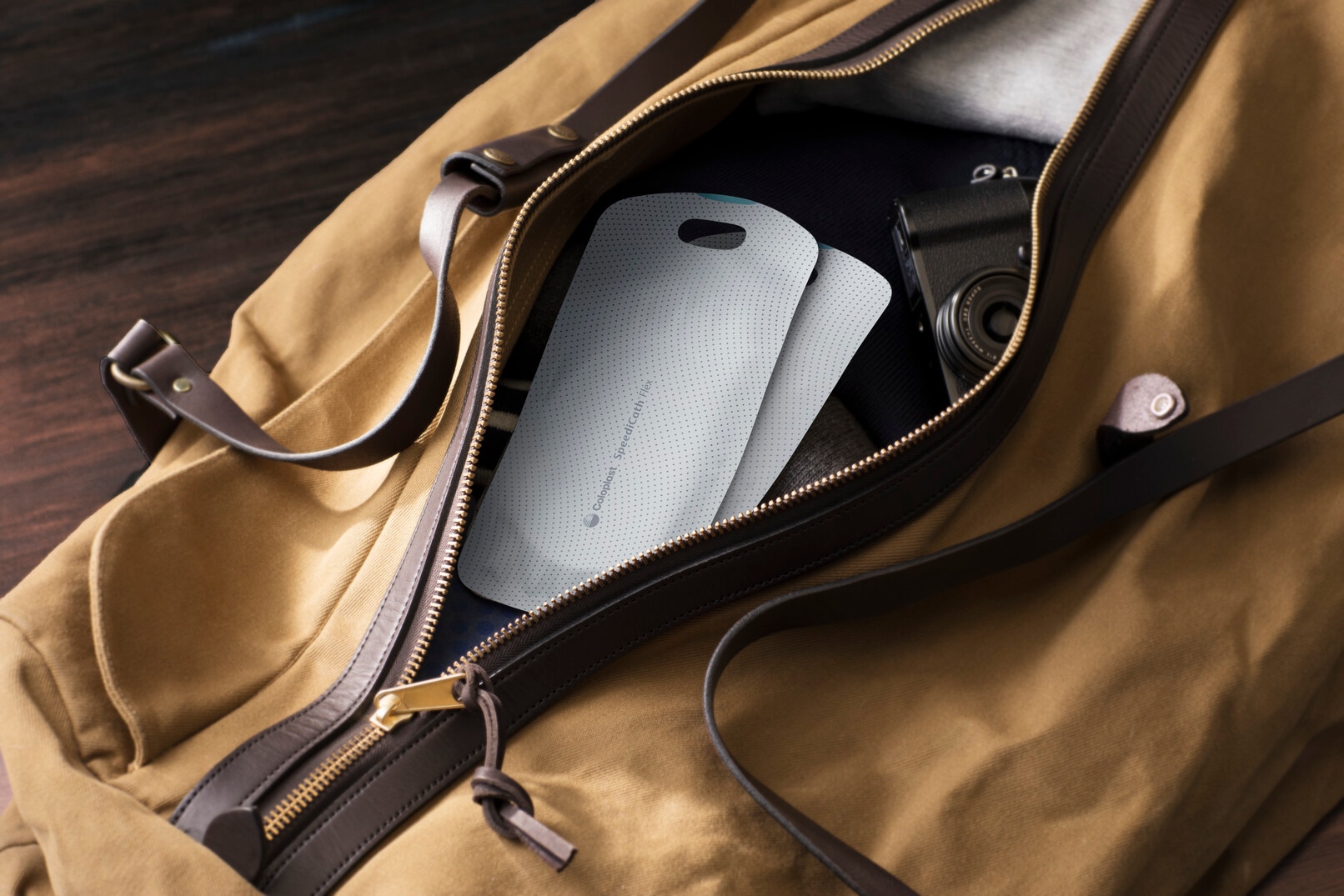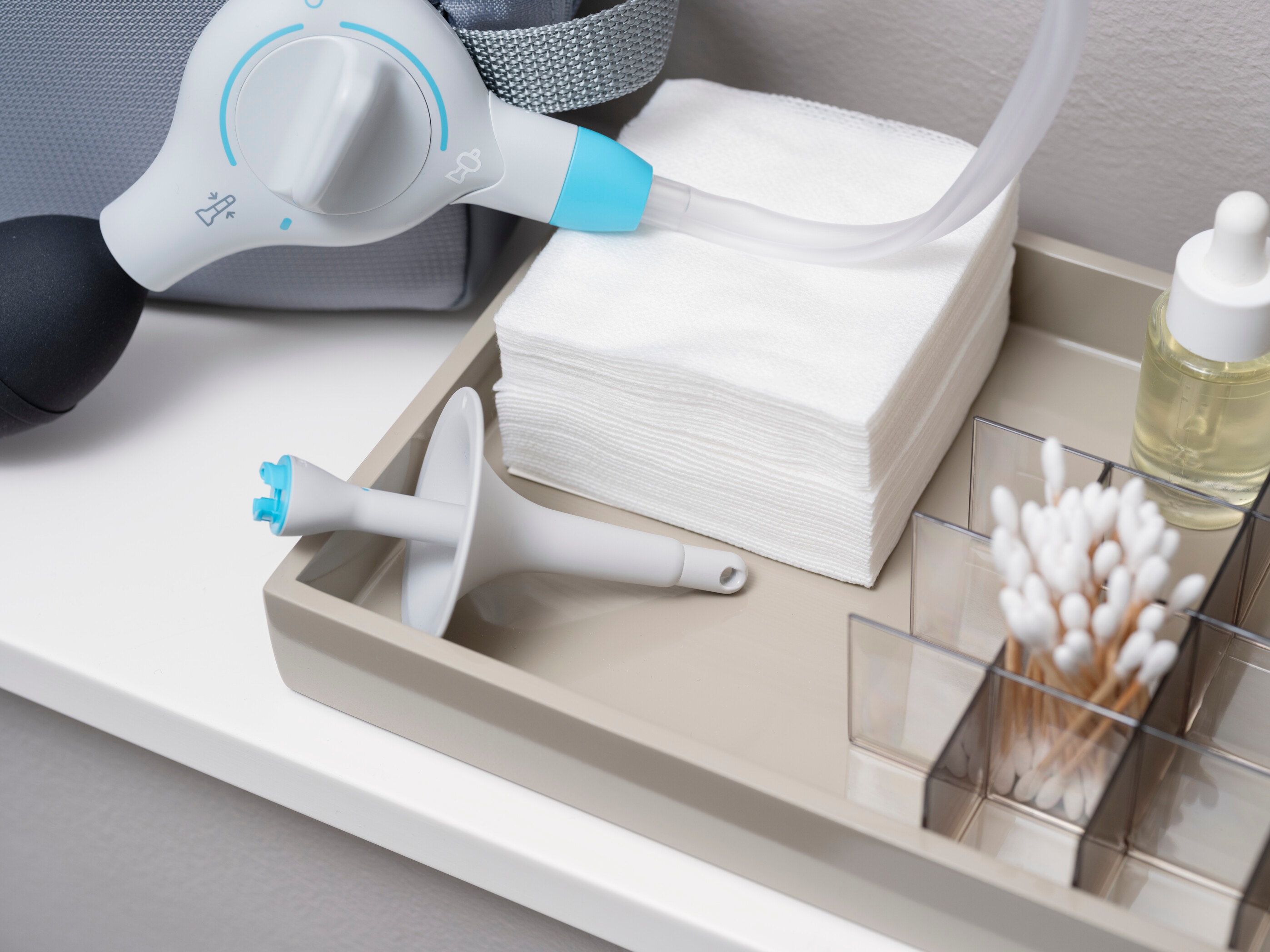
How does intermittent catheterisation offer effective bladder management?
Intermittent Catheterisation (IC)
IC is the regular insertion of a hollow tube (catheter) into the bladder, to empty it of urine.
The catheter is inserted into the bladder via the urethra (the channel that leads urine from the bladder to the outside opening). IC is a simple procedure to carry out and you can be taught how to do it yourself – with a little practice can be done in just a few minutes.
The catheter has a rounded tip with small holes in the sides. These allow urine to enter the tube and drain out of the bladder.
If you live with a neurogenic bladder, IC can often help you regain a certain level of normality over your bladder functioning. Intermittent catheters are only inserted for as long as it takes to drain the bladder, and then removed and discarded. The catheters simply help to enable the natural voiding process.




Bladder and bowel issues often go hand in hand when living with MS. If you are often constipated or find that you experience bowel accidents, transanal irrigation (TAI) may also be a solution for you. Take a look at how TAI can help you to manage your life with a neurogenic bowel.
